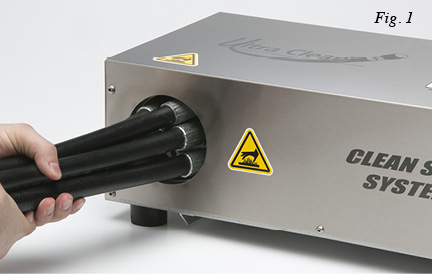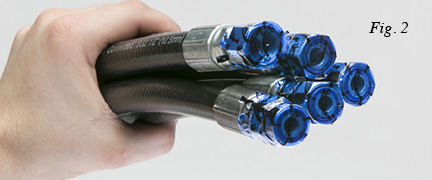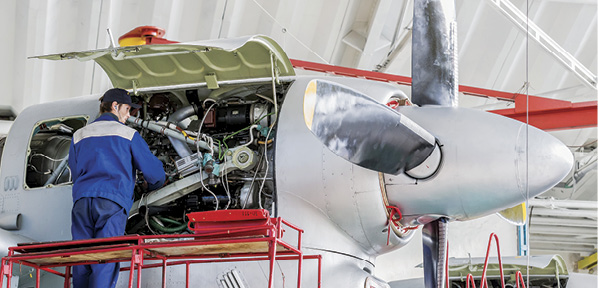Product Focus: Clean Seal System
Making the Caps and Plugs Industry More Efficient and “Fun”
When most people hear about capping hoses, they roll their eyes. It’s just another step in the hydraulic line assembly process. The tedious task of locating the right size and thread type for each fitting gets annoying, and more often than not, customers will receive their new assemblies uncapped.
But what if capping hose and tube assemblies was more efficient? What if it was (dare we say it?) more fun? The Clean Seal System, the new sealing system from Ultra Clean Technologies Corp., is a product that just might change how you look at the caps and plugs industry.
“The concept is simple,” says Steve Roath, national sales manager. “We use heat-shrink technology to shrink a specially formulated capsule onto the end of an assembly. No more worrying about thread types, or banging a cap onto a fitting, or screwing things on and off. Capping assemblies is now a breeze.”
The complete Clean Seal System is comprised of a heating element and PVC capsules that are heat sensitive. An operator simply chooses a capsule that is closest in size to the OD of the end fitting on his assembly and then inserts the fitting and capsule into the heat radius of the unit. Within seconds, the capsule shrinks evenly around the fitting to create a perfect seal.
 Like traditional injection-molded caps and plugs, the intent of the Clean Seal System is to protect cleaned hydraulic lines from re-contamination before they are installed onto a piece of equipment. But the Clean Seal System also endeavors to correct the problems inherent to caps and plugs, such as falling off the fittings, threads breaking (or “shearing”) off inside assemblies, and ill-fitting sizes or poor-quality products that don’t adequately seal the line.
Like traditional injection-molded caps and plugs, the intent of the Clean Seal System is to protect cleaned hydraulic lines from re-contamination before they are installed onto a piece of equipment. But the Clean Seal System also endeavors to correct the problems inherent to caps and plugs, such as falling off the fittings, threads breaking (or “shearing”) off inside assemblies, and ill-fitting sizes or poor-quality products that don’t adequately seal the line.
The concept was borrowed from the wine industry, which uses the technology to seal bottles. “We wanted something that not only was superior to the traditional way of capping hydraulic lines, but we also wanted to make it easier,” said Bruce Riley, CEO. The heat-sealing method proved to be just the trick. “The capsule will shrink to conform to the fitting within just seconds,” he added, “meaning that the operator doesn’t have to spend time trying to manually screw each cap on. The best part is that it’s possible for multiple assemblies to be sealed at a single time, making it that much more efficient.” (Figs. 1 and 2)
The only question that remained was how to get form-fitting capsules off the fitting to install onto new equipment. The answer was surprisingly simple: a pull-tab was built into the capsule, which allows mechanics to simply rip it off and dispose of it (Fig. 3).
For more information
Ultra Clean Technologies (Bridgeton, N.J.) manufactures technologically advanced and comprehensive hose, tube, and pipe cleaning solutions. Visit www.ultracleantech.com.









